
Jar of Insecurities (You’re perfect!” Jar of happiness template, Jar
Mason glass jars are designed to be reused. Canning jars have a life expectancy of 10 to 13 years. You will discover more breakage after that because of the wear and tear of normal use. Each time a jar is used and exposed to heat it is subject to stress. Over time this stress may create hairpin cracks that will weaken the glass.
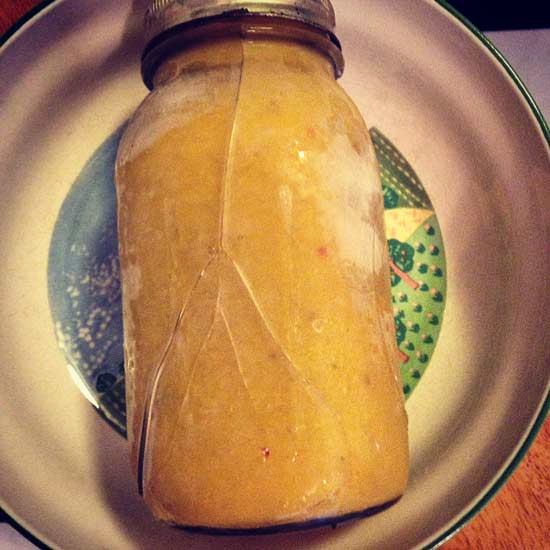
Broken Jars in the Freezer Green Problems Green Philly
ACTIVITY NAME: Problems in a Jar. ACTIVITY OBJECTIVE: To help kids learn how to define a problem, generate possible solutions, evaluate, and select the best solution. ACTIVITY DESCRIPTION: Cut up small pieces of paper. Write down different scenarios on each piece of paper, where your child might need to put to work their problem-solving skills.
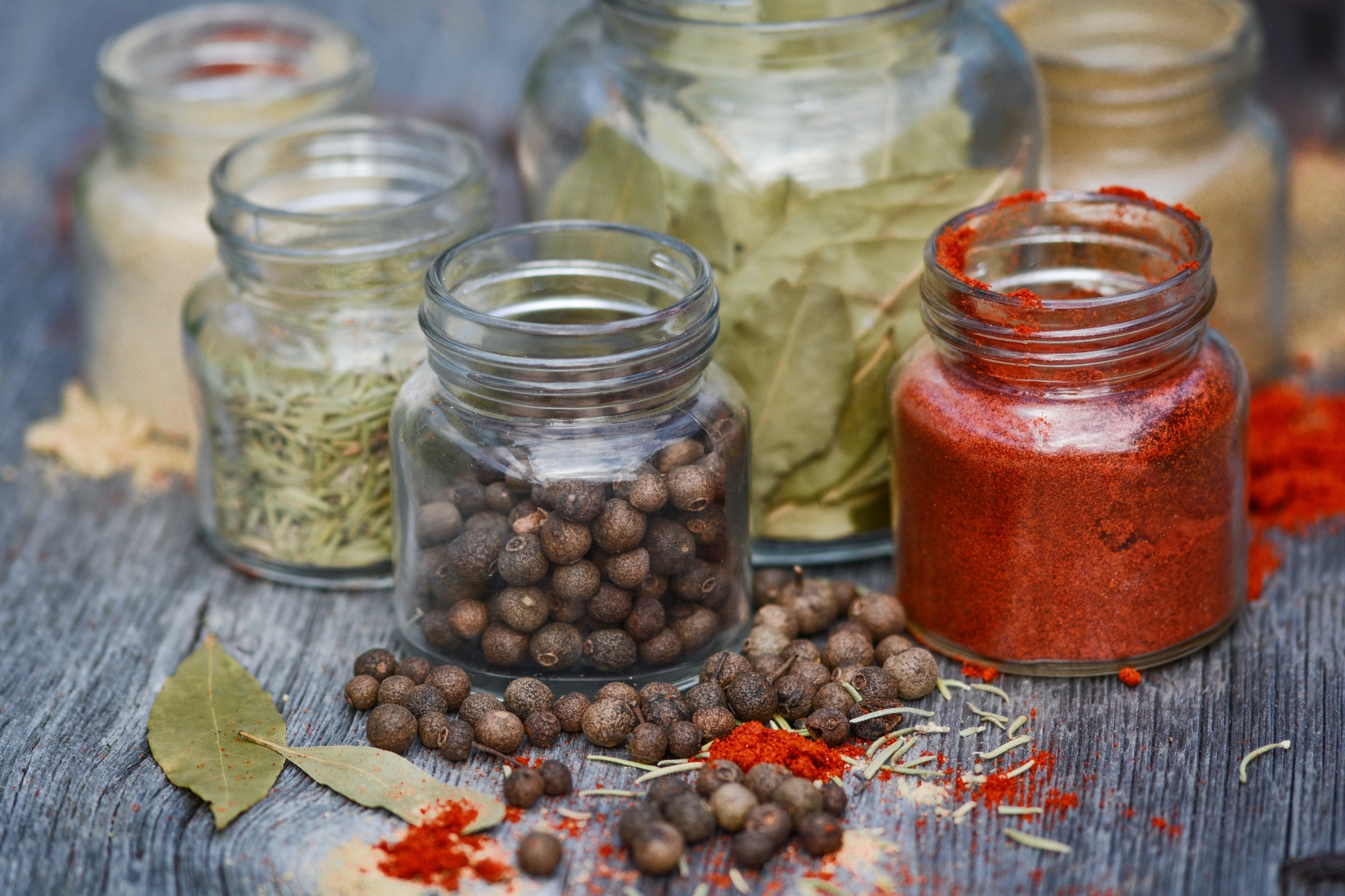
Spices In Jars Free Stock Photo Public Domain Pictures
Directions for processing jars in the oven, dishwasher, or an appliance other than a pressure or boiling water canner. Directions for putting hot food or liquid into jars and putting on lids with no additional processing. If the source does not provide information about processing at different elevations.

Jars of problems YouTube
2) Carefully remove the metal ring and pull on the lid with your fingers to check for a seal. It should be well stuck to the rim. If not, the jar is not sealed. Canning lids have a special sealant that is designed to seal the rim of the Mason jar. This special sealant is why lids cannot be reused.

28 Recipes in a Jar Mason jar breakfast, Dessert in a jar, Mason jar
Food safety Preserving and preparing Pickle problems It's frustrating when your home canned pickles don't turn out the way you expect. Explore common problems home canners face with pickled products and solutions to prevent it from happening with your home canned pickles.

Best canning bread in jars 4U Life
Solve both problems by replacing the wire canning rack with a perforated flat disk, a round cooling rack, or create a rack by tying jar rings together with twist ties. The type of rack used in a pressure canner is ideal for this purpose. It raises the jars from the surface of the canner but does not limit the position of the jars in the canner.

Pin on Yumi Kim
7 Most Common Canning Problems 1. Canning Jars Didn't Seal One of the most common canning problems is jars that don't seal. Nicks in the jar rim, food residue, overflowing jars, and more can stop the lids from sealing properly. The food isn't lost forever if you find out quickly that the jars didn't seal correctly.

6 Jars Saving Method To Solve Money Problems ALAN AI VOICE LAB
1. Your Jam Didn't Set Right The most frequent problem that you'll face is issues with a poor set. What I mean when I say a poor set is that your jelly or jam is runny (remember I said I thought I made syrup not jam). Setting problems can happen for several reasons, such as: Too much or too little sugar was used Not enough pectin used
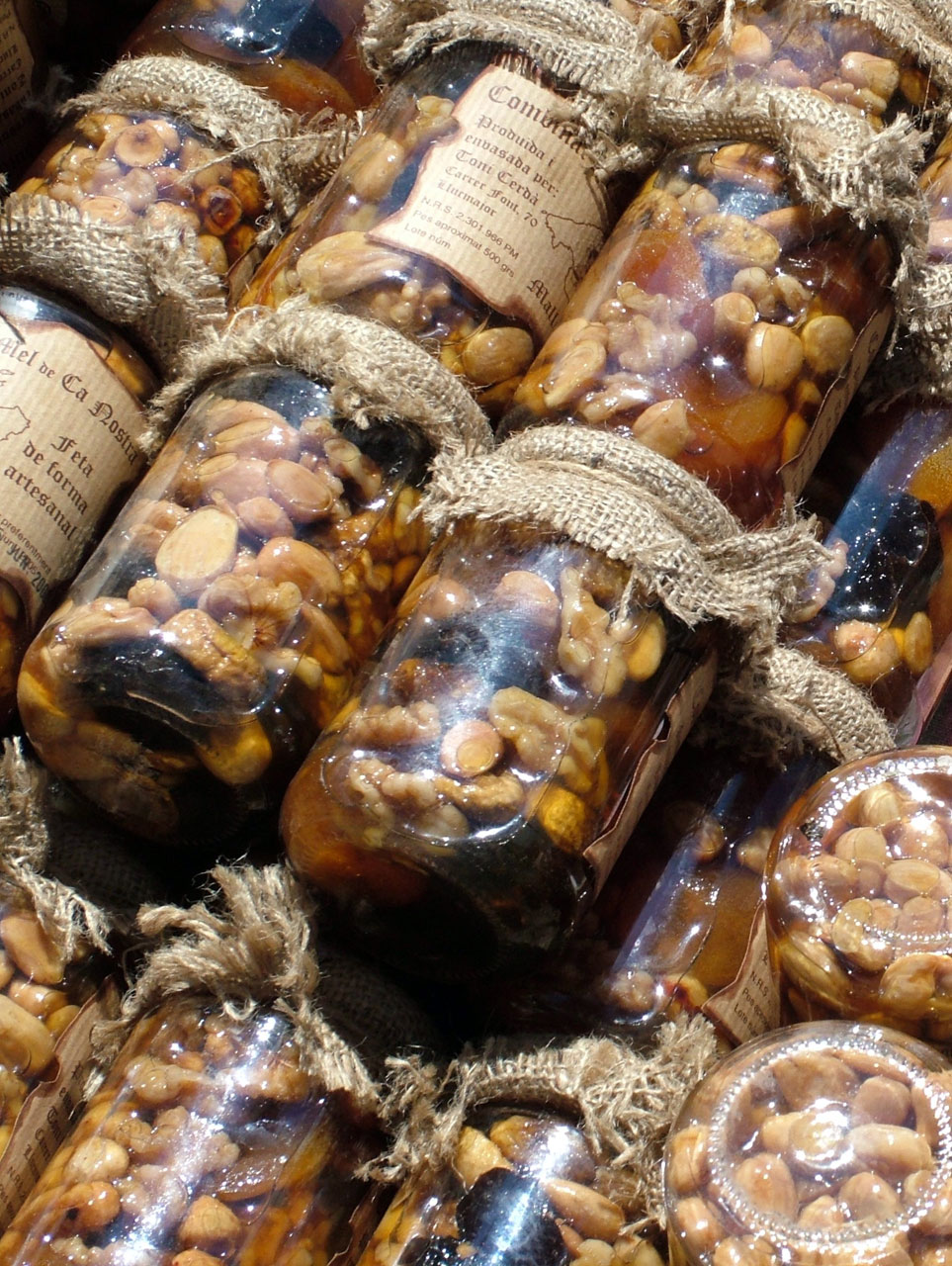
Jars With Content Free Stock Photo Public Domain Pictures
If you don't find any nicks, put a fresh lid on the jar and secure it with a ring. Reprocess the jars using the same processing time as before. Allow the jars to cool. Then, check for a good seal. If you still have jars that haven't sealed properly, transfer the contents of the jars to freezer-safe containers, and freeze them until you're ready.

How to Remove Labels and Smells from Jars ZeroWaste Chef
Answer: 1 pick of an eatable is required to correctly label the Jars. Solution: You have to pick only one eatable from jar C. Suppose the eatable is a candy, then the jar C contains candies only (because all the jars were mislabeled). Now, since the jar C has candies only, Jar B can contain sweets or mixture.
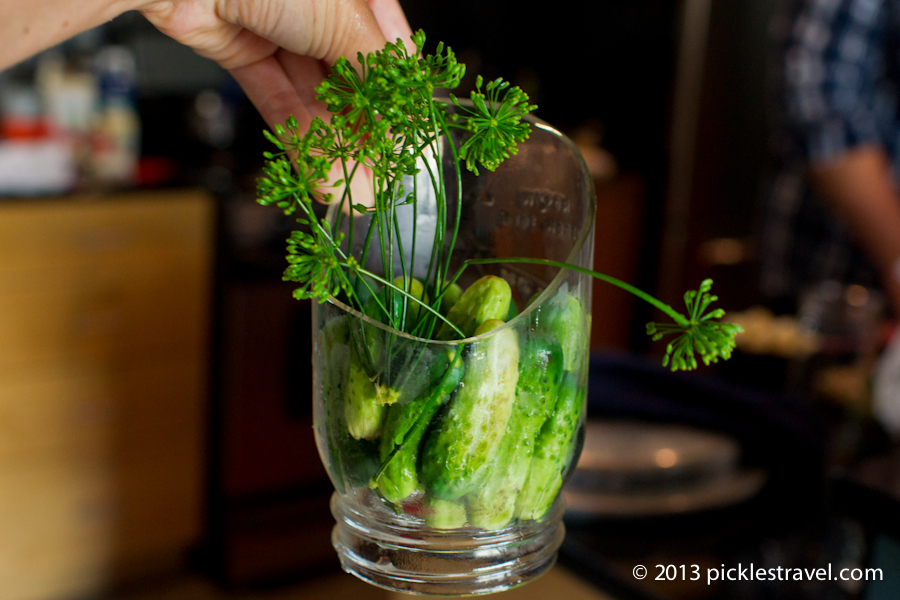
What Went Wrong with my Canned Pickles Canning Q&A
A bulging lid or leaking jar is a sign of spoilage. When you open the jar, look for other signs such as spurting liquid, an off-odor or mold. Spoiled canned food should be discarded in a place where it will not be eaten by humans or pets.
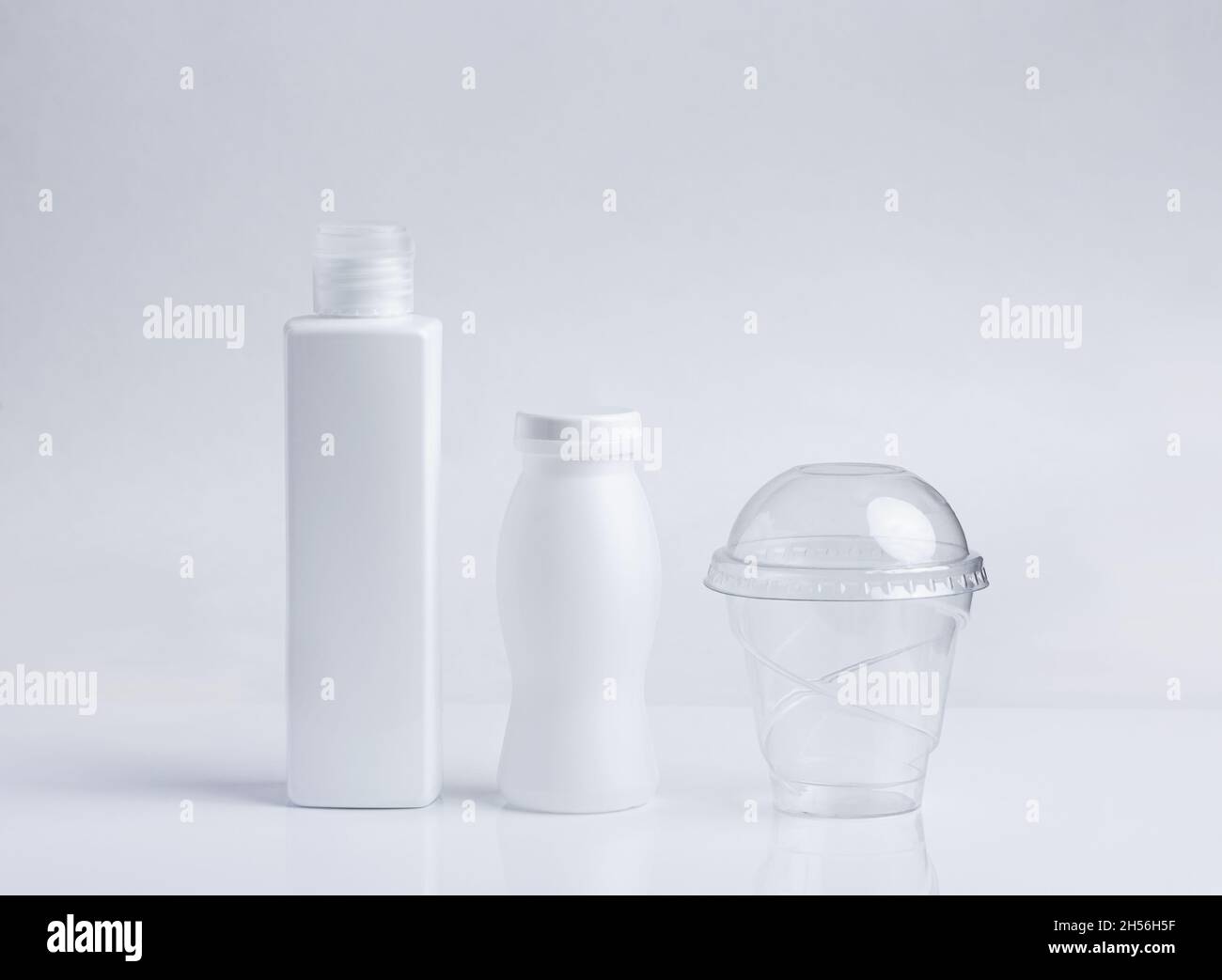
White plastic jars, glass, packaging. Garbage, environmental problems
Not Using Hot Jars. Siphoning is a common canning problem with fruit and tomato products, but it does happen with vegetables and meats. This is the loss of liquid around the edges of your jar. Aside from not using the appropriate headspace, not using hot jars is one of the most common canning mistakes.

Pin by Cassie Bauer on Gift Ideas (With images) Spice jars, Life
Cloudy canning jars are a common problem with an easy fix. We even have a simple tip to prevent your jars from getting cloudy in the first place! Why Are My Canning Jars Cloudy? While canning jars can get cloudy over time from etching, the usual culprit is a deposit of minerals from hard water.

The Back Forty Does Anyone Else Have This Problem??
About Press Copyright Contact us Creators Advertise Developers Terms Privacy Policy & Safety How YouTube works Test new features NFL Sunday Ticket Press Copyright.

White Plastic Jars, Packaging. Garbage, environmental problems Stock
This is a common problem in jars canned in a weighted-gauge canner. If the jars stay sealed after they are cooled, the product inside is safe to use even though the liquid is down. Pulled liquid may keep some jars from sealing because the residue on the jar rim will prevent a complete seal." [6] Griffith, Patti. Making Canning Work for You.

Jars of problems YouTube
A simple water-jar problem such as the following can be solved directly. Given empty jars holding 15 quarts, 39 quarts, and 3 quarts, obtain 18 quarts of water; this can be solved directly by filling the 15-quart and 3-quart jars and then emptying their contents into the 39-quart jar.